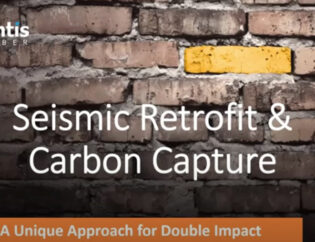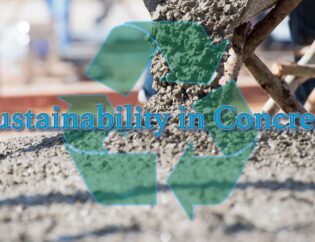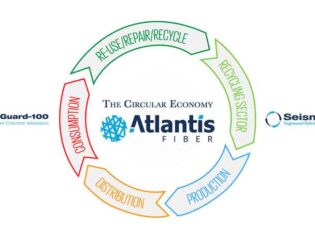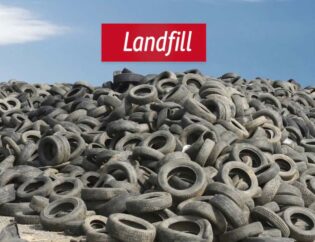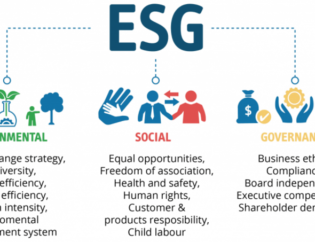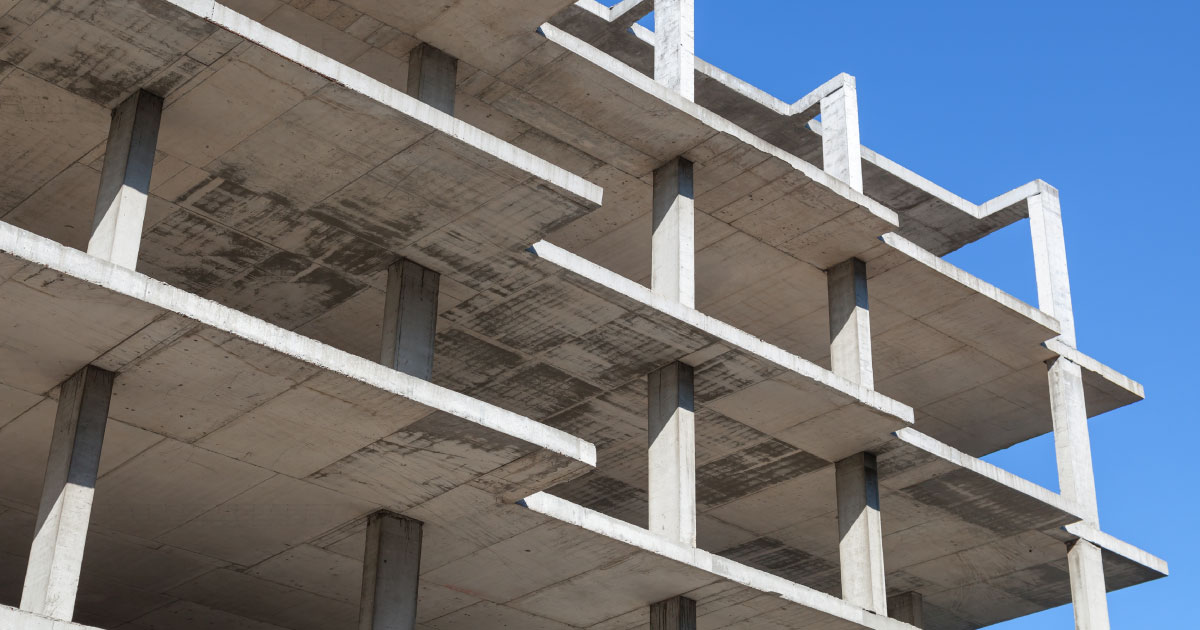
 Even though the most common construction material is concrete, reducing emissions in buildings and pavement made with concrete isn’t as hard as it used to be.
Even though the most common construction material is concrete, reducing emissions in buildings and pavement made with concrete isn’t as hard as it used to be.
In fact, even with concrete being the most material used after water, it is indispensable in many systems, including roads and infrastructure.
That all said the use of concrete in building production contributes to about 1% of emissions in the United States and remains one of several carbon-intensive Industries globally in 2021. Tackling climate change by reducing emissions means reducing the environmental impacts of concrete even as its use continues to increase.
In a new report in the proceedings of the National Academy of Sciences, a team of researchers at MIT has clearly outlined how this can be achieved. In their research, they present an extensive life-cycle assessment of the building and pavement sectors that estimates how greenhouse gases can work under a reduction strategy — including reducing emissions for concrete and cement.
The team found that if reduction strategies were implemented, the emissions between 2016 and 2050 could fall by up to 65% for pavement and 57% for buildings. They found this to be true even if the amount of concrete used was accelerated greatly over that period. Fortunately, these levels are close to what the U.S. reduction targets are set as part of the Paris Climate Accord. According to the research, the solutions considered would also enable concrete production for both sectors to attain carbon neutrality by 2050.
 Reducing Emissions With Carbon-Neutral Admixtures
Reducing Emissions With Carbon-Neutral Admixtures
AtlantisFiber’s SeismicFiber™ and EnviroGuard–100™ blends are both carbon-neutral admixtures that can help your project move towards carbon neutrality in the here-and-now.
The utilization of country is projected to increase around the world due to its versatility, durability end constructability. So, while it’s essential to think about the embodied impacts of ongoing concrete production equally, it is essential to place these impacts in the context of the material’s life cycle. The long-term sustainability of concrete in pavements, for instance, can also reduce fuel consumption through reduced travel to implement any repairs.
That said, the impact of concrete is as complex as the material itself. In their paper, research has forecast the potential greenhouse gas emissions.
“We don’t have details on every building and Pavement in the United States,” explains Randolph Kirchain, a research scientist at the materials research laboratory and co-director of CSHub. “As such, We Begin by developing reference designs, which are intended to be representative of current and future buildings and Pavements. These were adapted to be appropriate for 14 different climate zones in the United States and then distributed across the US Based on data from the US Census and the Federal Highway Administration.”
Results
As the grid becomes greener and new homes and buildings become more efficient, many experts have predicted the operational impacts of new construction projects to shrink in comparison to their embodied emissions.
“What our life-cycle assessment found,” says Jeremy Gregory, the executive director of the MIT Climate Consortium and the lead author on the paper, “is that [this prediction] isn’t necessarily the case. Instead, we found that more than 80 percent of the total emissions from new buildings and pavements between 2016 and 2050 would derive from their operation.”
In fact, the study found that operations will create the majority of emissions through 2050 unless all energy sources—electrical and thermal—are carbon-neutral by 2040. This suggests that ambitious interventions to the electricity grid and other sources of operational emissions can have the greatest impact.
 Reducing Emissions With Carbon-Neutral Admixtures
Reducing Emissions With Carbon-Neutral Admixtures

